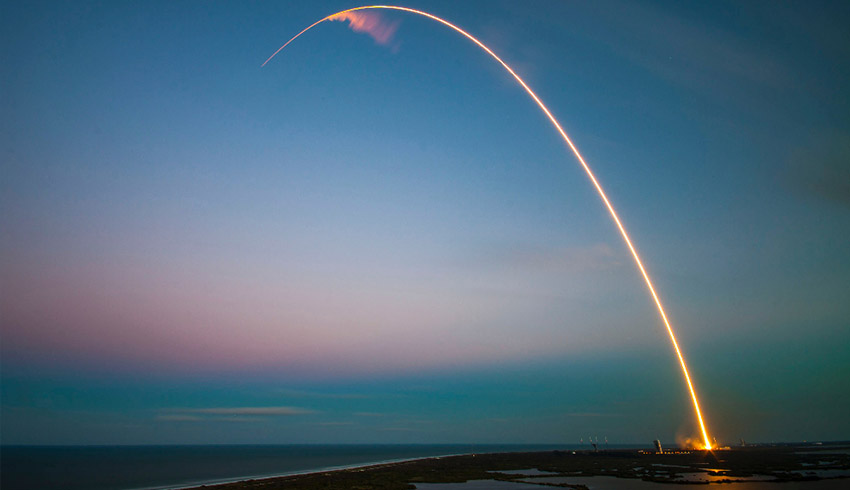Launch start-up China Rocket Company launched its first rocket last weekend, successfully placing three civil satellites into orbit.
But on Tuesday, the Chinese state news agency Xinhua acknowledged that the Zhongxing-18 civilian broadcasting and communications satellite, launched the previous day, had apparently reached geostationary orbit successfully but had experienced anomalies that space engineers were investigating.
Just what is the problem hasn’t been disclosed.
Zhongxing-18 blasted off on an enhanced Long March 3B rocket from the Xichang Satellite Launch Centre in south-west China on Monday morning but the official confirmation of success, usually delivered around an hour after launch, did not appear.
That prompted online speculation of a problem, which the Xinhua announcement confirmed.
“The satellite separated with the carrier rocket as normal, but is now working abnormally,” said the brief Xinhua report.
Speculation grew among Chinese space watchers and enthusiasts online as the hours passed with no official statement on the mission.
Early Tuesday, Xinhua reported that the satellite separated from the rocket stage as normal, but ChinaSat 18 “has experienced abnormalities, and space engineers are investigating the cause”.
Zhongxing-18 was to be operated by China Satcom, a subsidiary of China Aerospace Science and Technology Corporation that specialises in satellite communications and broadcasting services.
Chinese media reported another unfortunate outcome of the launch, with spent rocket stages falling to Earth downrange of Xichang and killing two hapless cows.
That highlights another problem for China’s space business. Space website SpaceNews notes that three of China’s four national launch sites date from the Cold War when strategic considerations led them to be established far inland.
But now there are more rockets and more people, with spent rocket components falling near downrange towns and villages, sometimes damaging property. China is looking at re-using key rocket sections, which would minimise risk to those on the ground.
On a more successful note, China Rocket Coalition’s new solid propellant Jielong-1 (Smart Dragon) rocket placed a remote sensing and navigation satellite and two smaller experimental satellites into orbit.
The launch was conducted at the Jiuquan Satellite Launch Centre in inner Mongolia, China’s first spaceport.
However, showing the military links of much of China’s space program, the rocket took off from a white painted transporter erector launcher (TEL), a large multi-wheeled vehicle more commonly used to transport and launch ballistic and theatre missiles.

